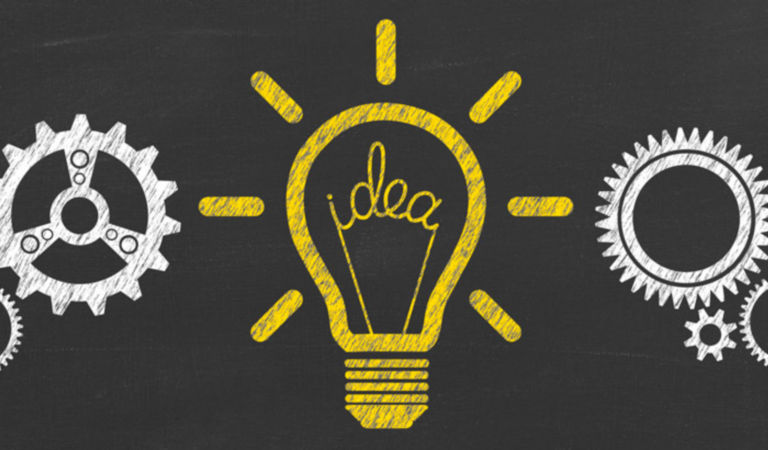Adam: Can the Fed bring inflation down to a comfortable level without sparking a recession?
Juhi: That’s a difficult question to answer. When inflation is this elevated, there are no guarantees that the Fed can achieve a soft landing for the economy. The Fed has effectively admitted that, acknowledging that their tools are blunt and take time to work. While I realize it may not provide much comfort to allocators trying to plan for what comes next, I do believe the Fed has a shot at, if not a soft landing, at least a soft-ish landing. Again, I would point to the bottom chart in Figure 1 as an indication that there is at least some possibility that the Fed is able to anchor inflation expectations and pause the rate tightening in time to mitigate the scale of damage to the economy.
Adam: Given the economic backdrop, what is your outlook for corporate profits?
Juhi: Coming off a record year for corporate profits, which were up some 70% in 2021, I expected this to be a year of normalization, with profit growth slowing significantly. So far, that has been the case and I expect very modest to moderate gains in profitability from here.
An important element of the profit outlook is what happens with the US dollar. Companies in the S&P 500 take in about 40% of their earnings from overseas markets. If the dollar remains as strong as it has been recently, that makes it more challenging for companies to maximize those overseas profits. They may need a little help from other parts of the world to drive the dollar lower, not just from the Fed.
In terms of quantifying a possible earnings recession, we have seen profits decline 5% – 15% in previous inflationary environments.
Adam: Taking into account your views on Fed policy, recession risk, and corporate earnings, what are the implications for US stocks and bonds?
Juhi: Profits are the single biggest driver of the S&P 500 over time, and Fed policy is the second biggest driver, given its impact on multiples. So, more modest profits and a Fed tightening cycle suggest this is a time to scale back stock return expectations, especially compared with recent years. I would expect lower returns not just this year, but potentially over the next few years.
The bond market, of course, had a very difficult first half of the year in terms of returns. For bond investors to believe that returns can rebound, I think they will need to see the Fed successfully anchor inflation expectations and get the economy back on a path where the inflation rate can normalize.













